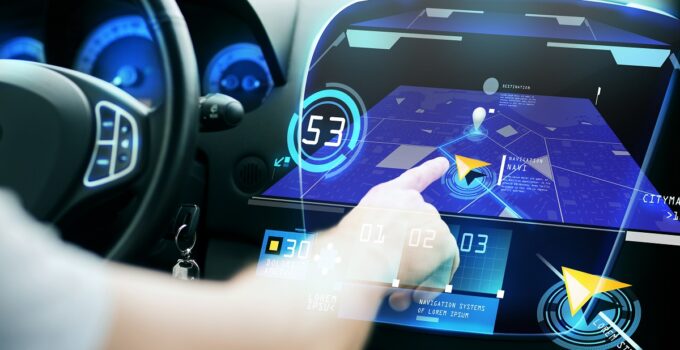Modern cars come equipped with technology that tracks a lot more than just your speed. This data-gathering feature, often referred to as the car’s “black box” or Event Data Recorder (EDR), holds a wealth of information that could be crucial in various situations. Curious about what your car’s black box knows about you? Let’s dive into the details.
1. Speed and Acceleration Data
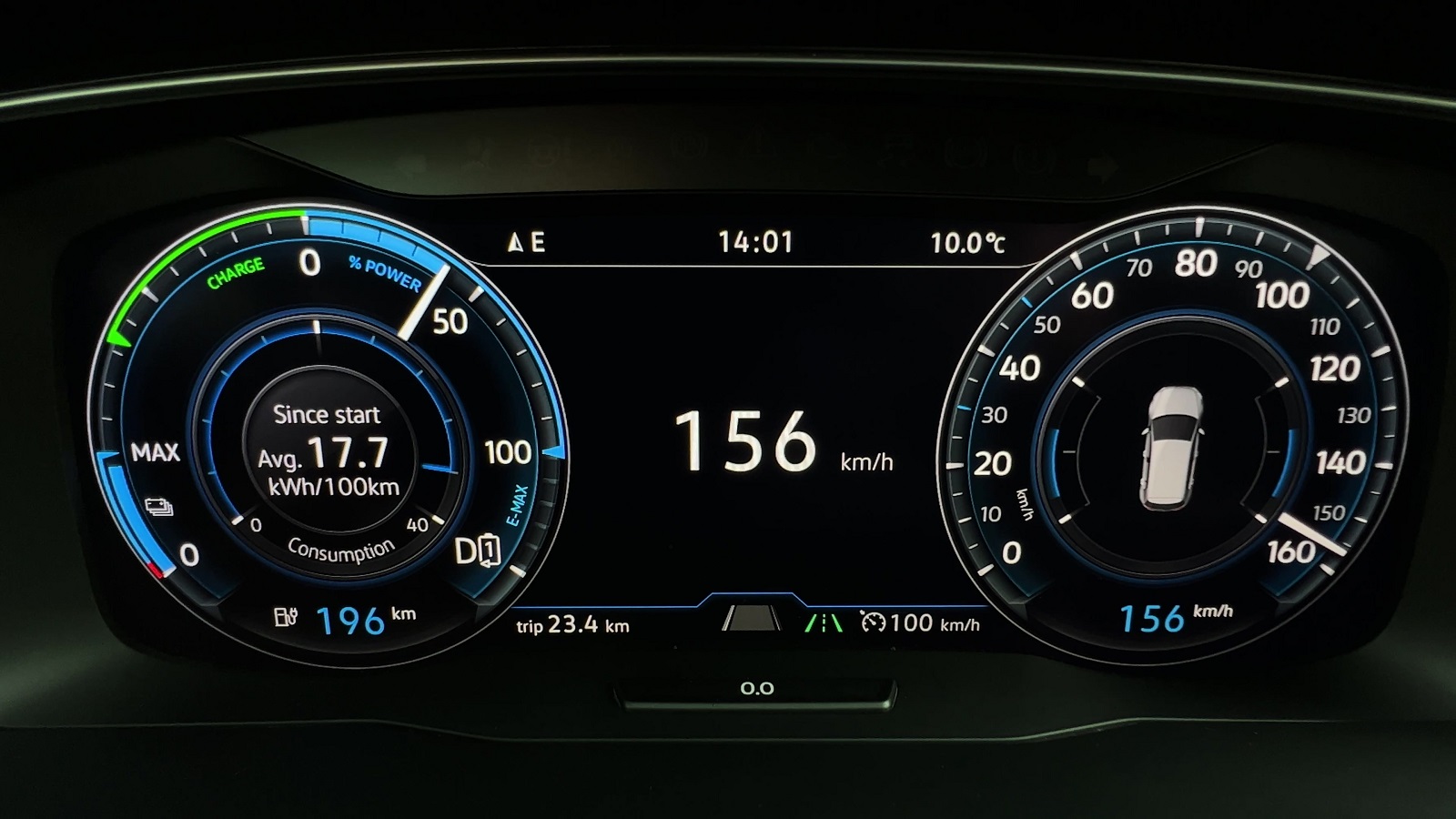
Image Credit: Shutterstock / mpohodzhay
Your car’s black box records data on your speed and acceleration patterns. This information can show how fast you were going just before an accident and how quickly you accelerated or braked. For insurance companies and law enforcement, this data is invaluable for assessing fault in accidents.
2. Braking Patterns

Image Credit: Shutterstock / Chaiyagorn Phermphoon
Braking patterns are meticulously logged by your car’s black box. It tracks when and how hard you brake, which can help in determining whether you were driving aggressively or responding appropriately to road conditions. This data is critical in reconstructing accident scenarios and evaluating driving habits.
3. Engine Performance Metrics
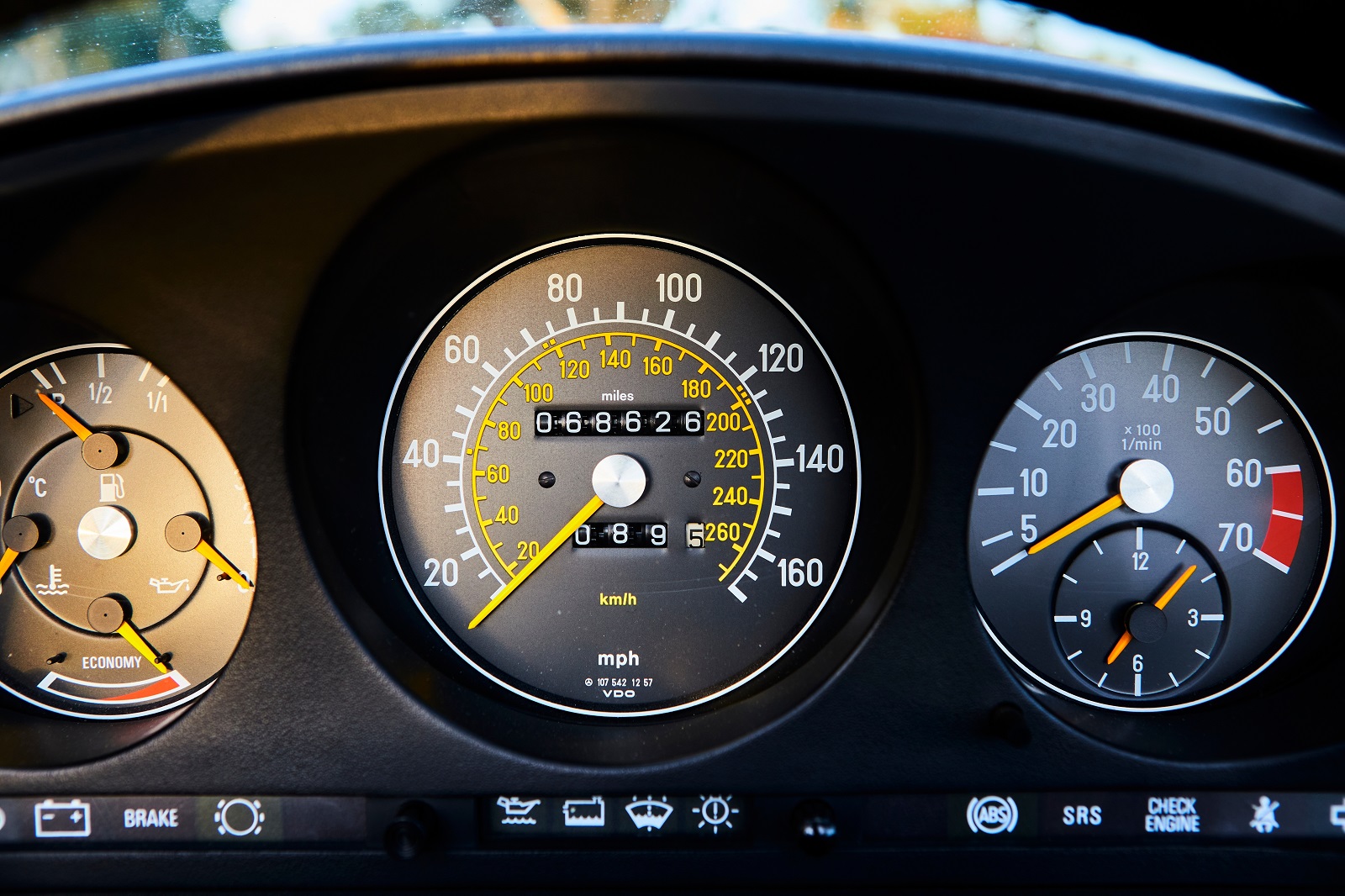
Image Credit: Shutterstock / david olivera
The black box monitors various engine performance metrics, including RPM (revolutions per minute), throttle position, and fuel usage. This data helps mechanics diagnose issues and can also be used by manufacturers to improve vehicle performance and reliability. Engine performance data is especially useful in understanding how different driving conditions affect your car’s efficiency.
4. Airbag Deployment Data
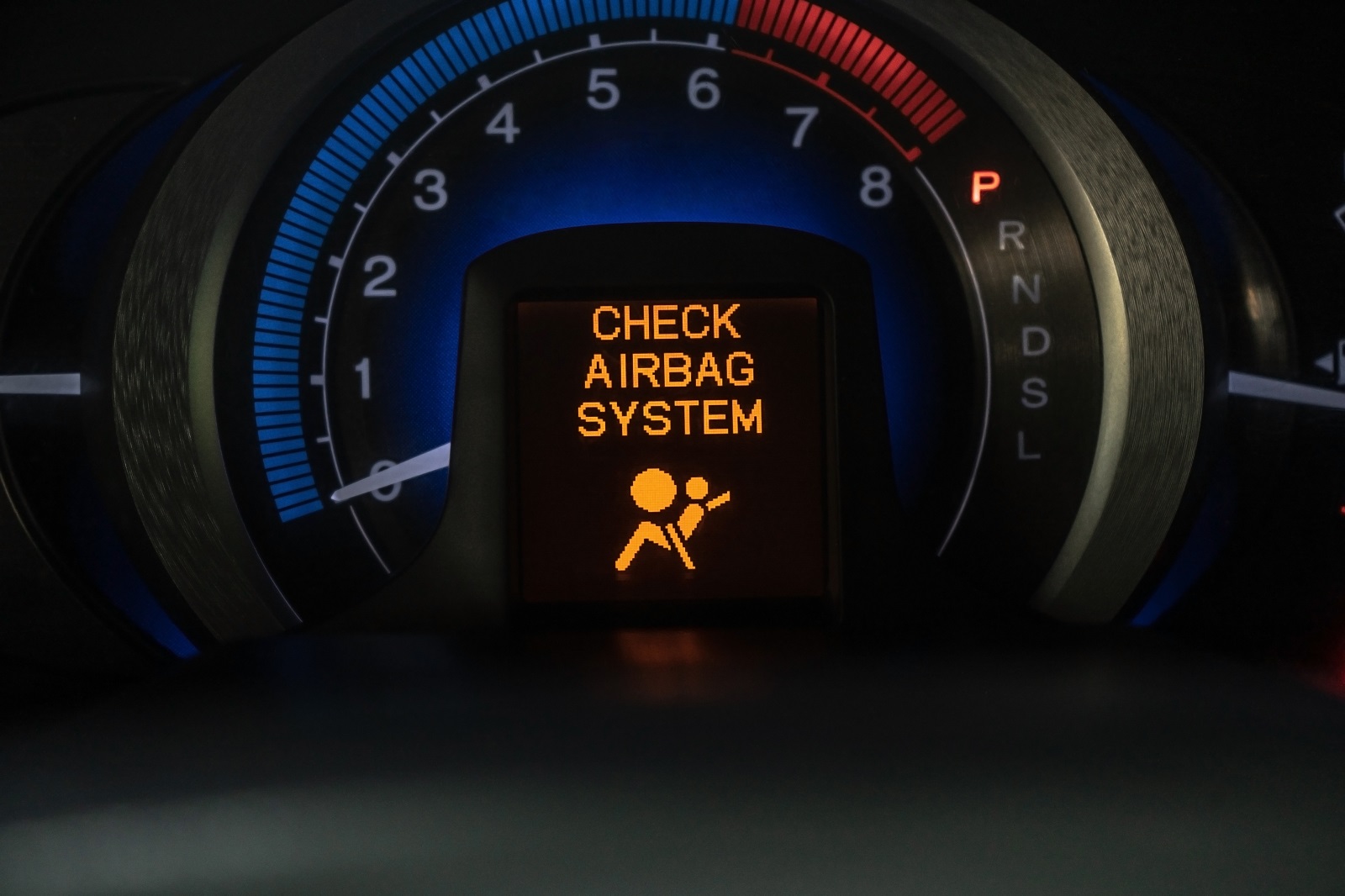
Image Credit: Shutterstock / zkolra
Your car’s black box records when and if the airbags were deployed during an accident. This information is crucial for understanding the severity of a crash and the effectiveness of safety features. It also helps in assessing the potential need for injury treatment and validating insurance claims.
5. Seatbelt Usage

Image Credit: Shutterstock / J.J. Gouin
Many modern vehicles track whether seatbelts were fastened at the time of an accident. This data can be used to determine the level of safety compliance and may influence the outcome of insurance claims or legal proceedings. Seatbelt usage data underscores the importance of safety measures in reducing injury severity.
6. GPS Location Tracking

Image Credit: Shutterstock / Andrey_Popov
Some vehicles with advanced navigation systems store GPS location data. This can show your exact location at specific times, providing a detailed history of your travels. While this is useful for navigation and locating stolen vehicles, it also raises privacy concerns about the extent of data collected.
7. Collision Severity
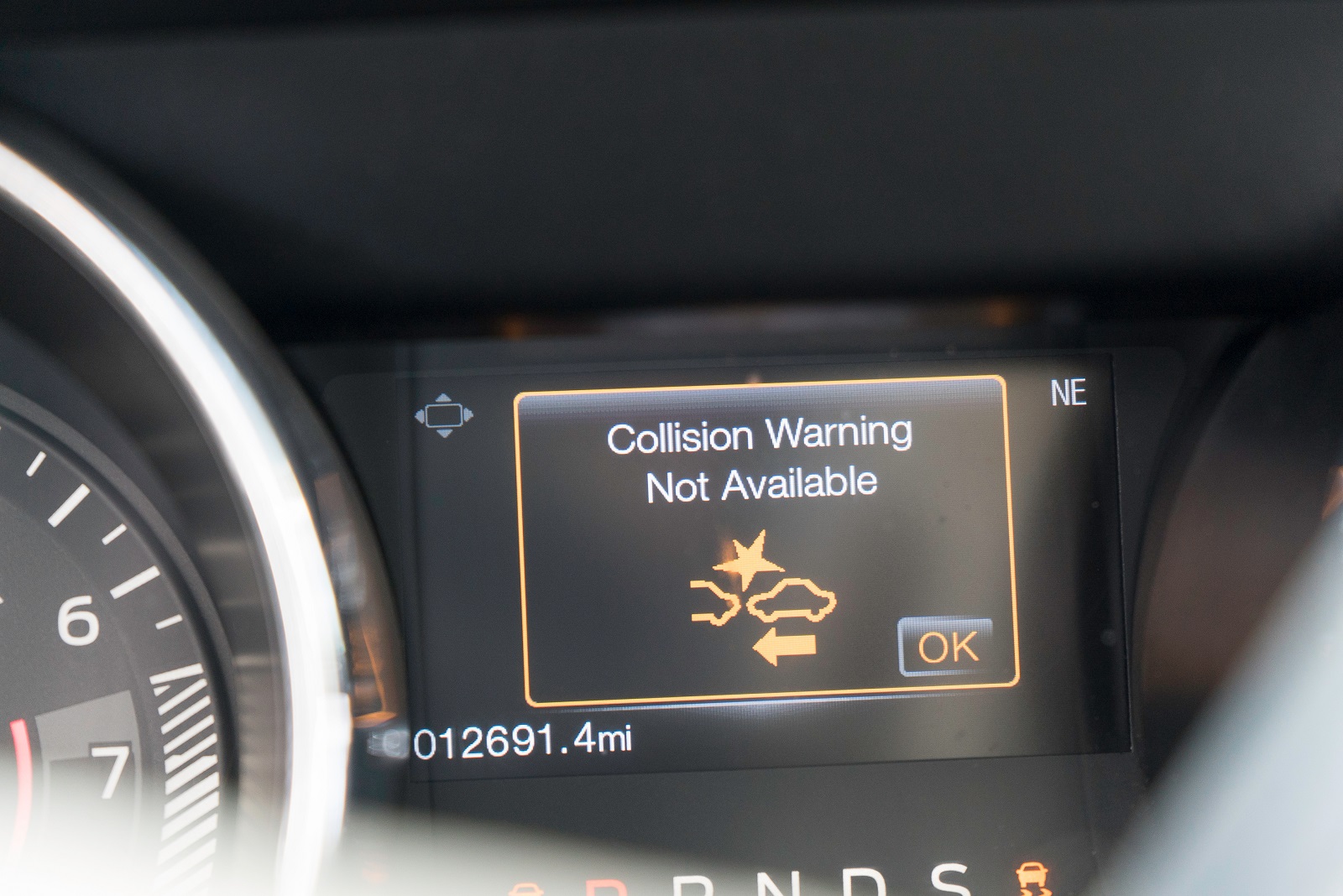
Image Credit: Shutterstock / Multiverse
The black box measures the impact force during a collision. This data can help in evaluating the severity of an accident and the effectiveness of safety systems like crumple zones and airbags. Understanding collision severity is crucial for both accident investigation and vehicle safety improvements.
8. Battery Voltage and Health
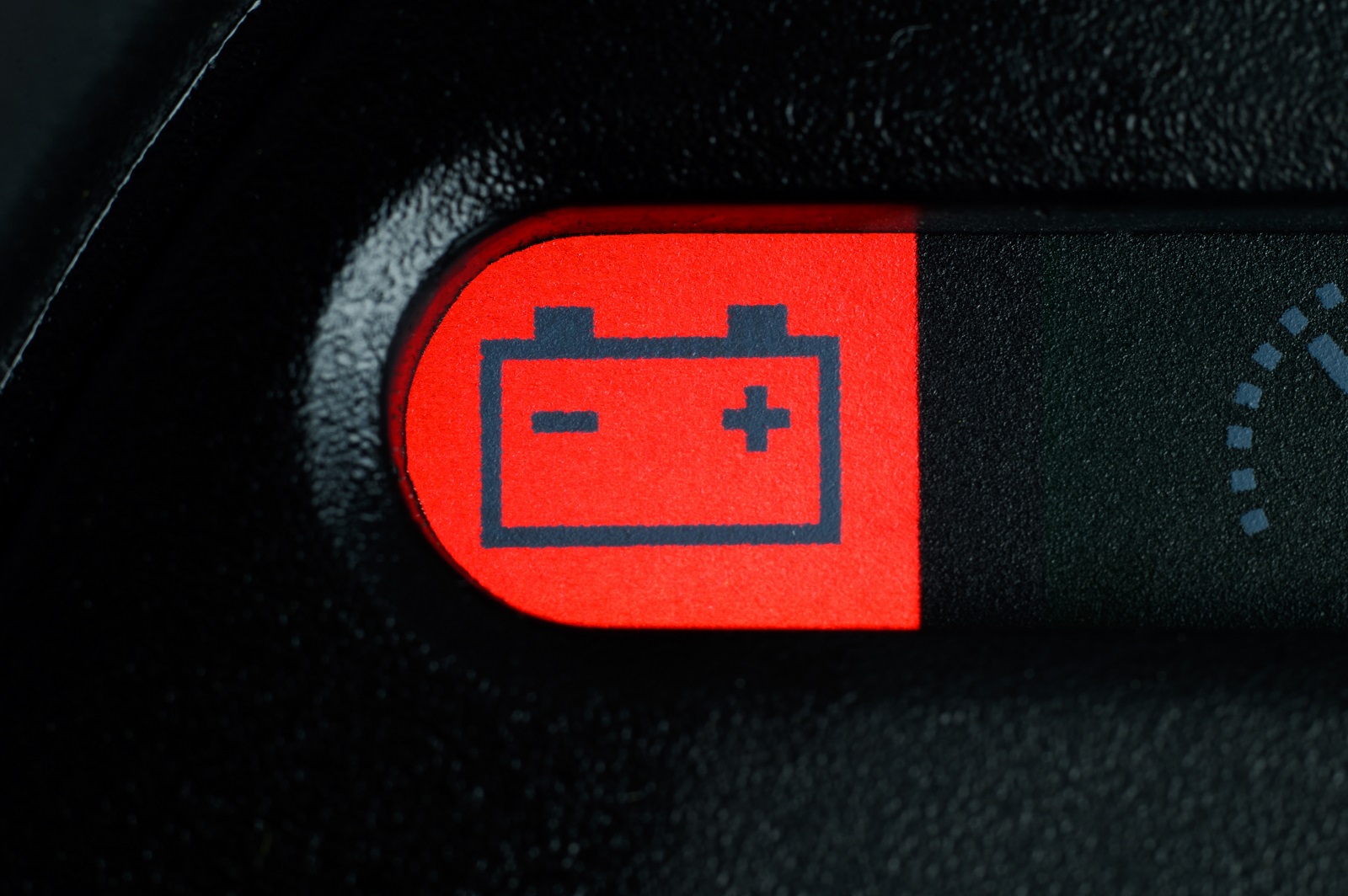
Image Credit: Shutterstock / Yury Nikolaev
Your car’s black box often tracks battery voltage and health indicators. This data can alert you to potential issues with your battery before they become critical. Monitoring battery health helps prevent unexpected breakdowns and extends the lifespan of your vehicle’s electrical system.
9. Tire Pressure Monitoring
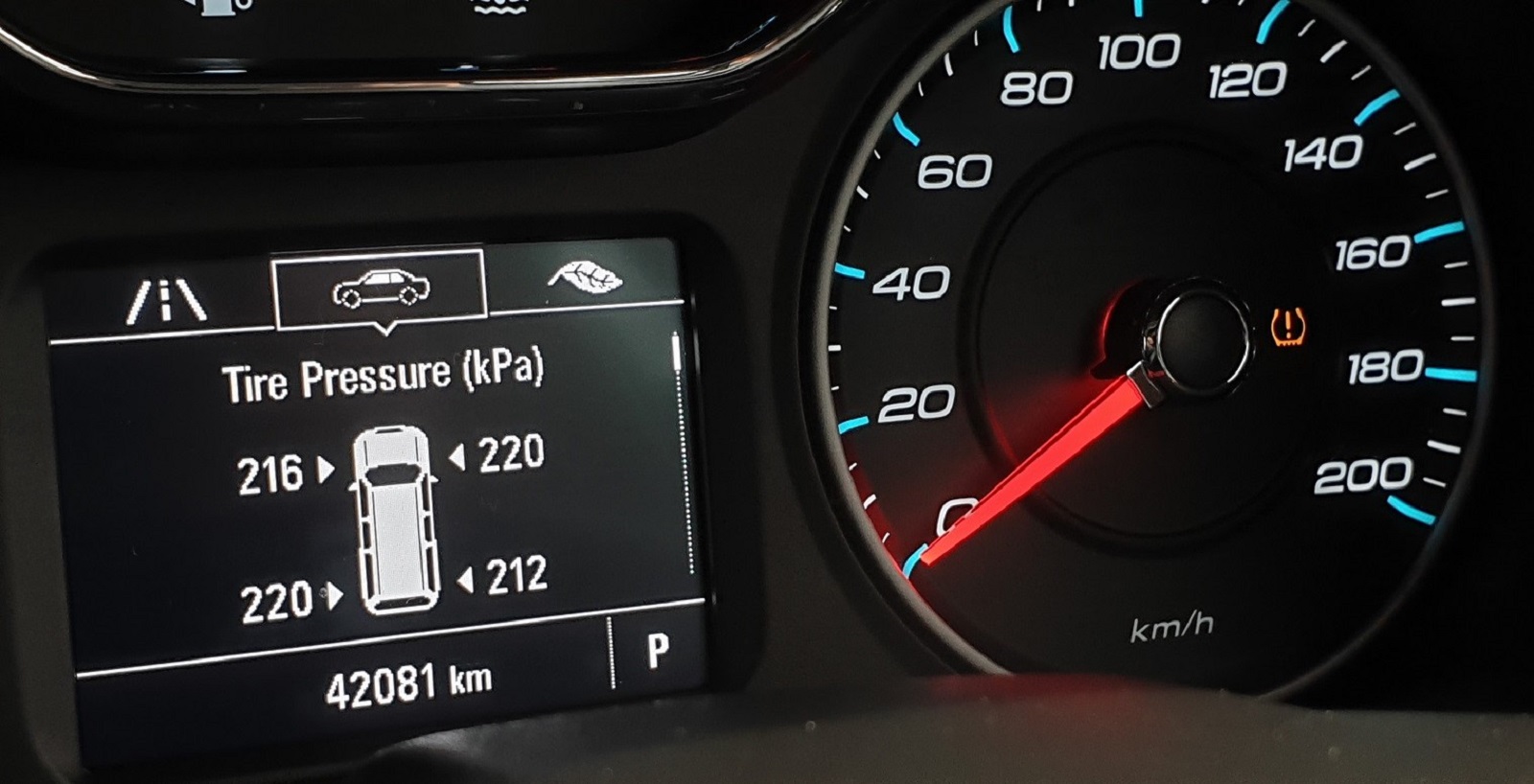
Image Credit: Shutterstock / Tetrisme
Many modern cars are equipped with tire pressure monitoring systems (TPMS), and the black box records tire pressure data. This information is useful for ensuring optimal tire performance and safety. Regularly monitoring tire pressure data helps in maintaining fuel efficiency and preventing tire-related accidents.
10. Engine and Transmission Errors
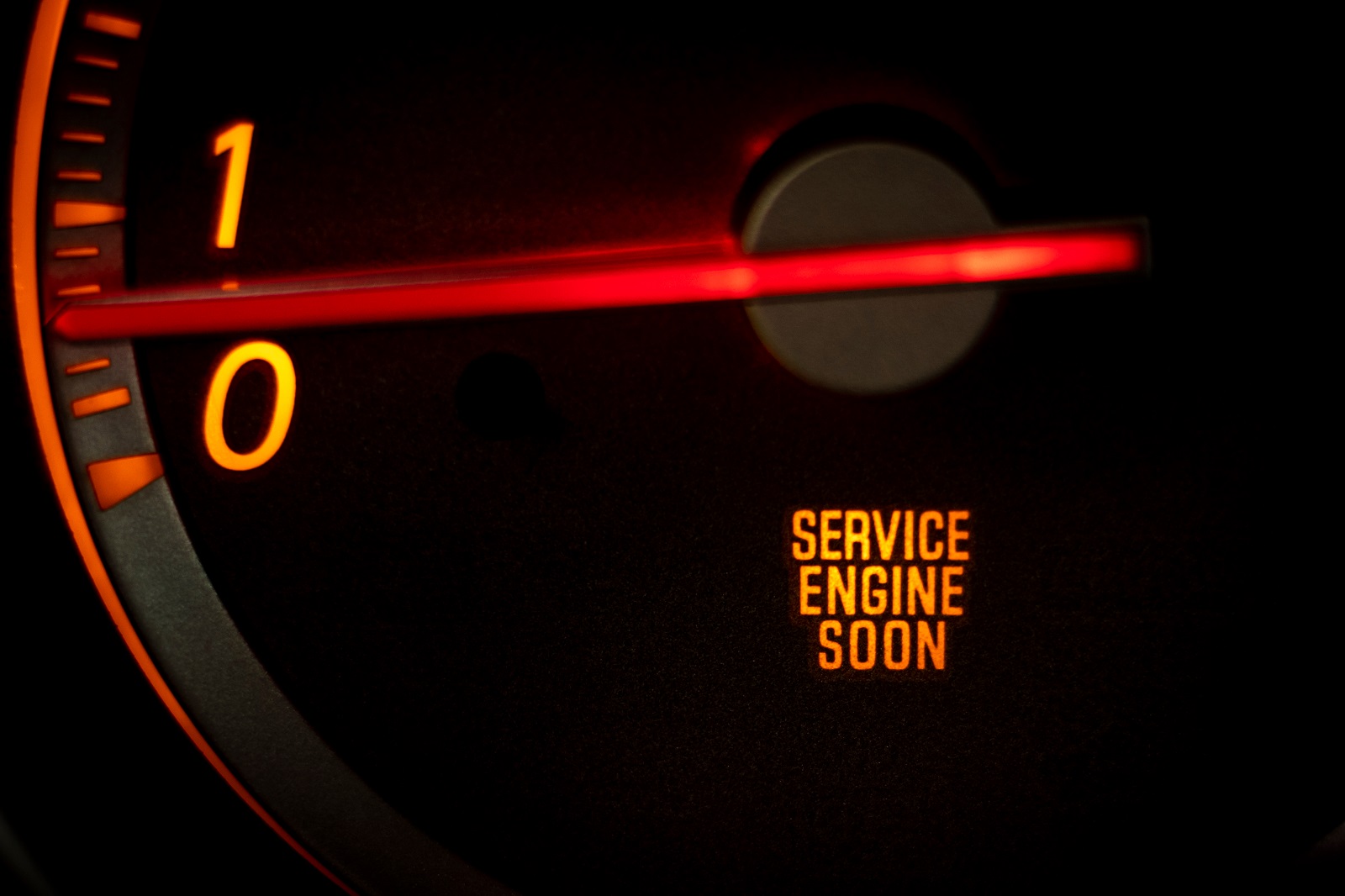
Image Credit: Shutterstock / Benjamin Clapp
The black box logs engine and transmission error codes, providing a history of mechanical issues. This data is essential for diagnosing problems and understanding recurring issues. It helps in maintaining vehicle health and ensuring timely repairs.
11. Climate Control Settings
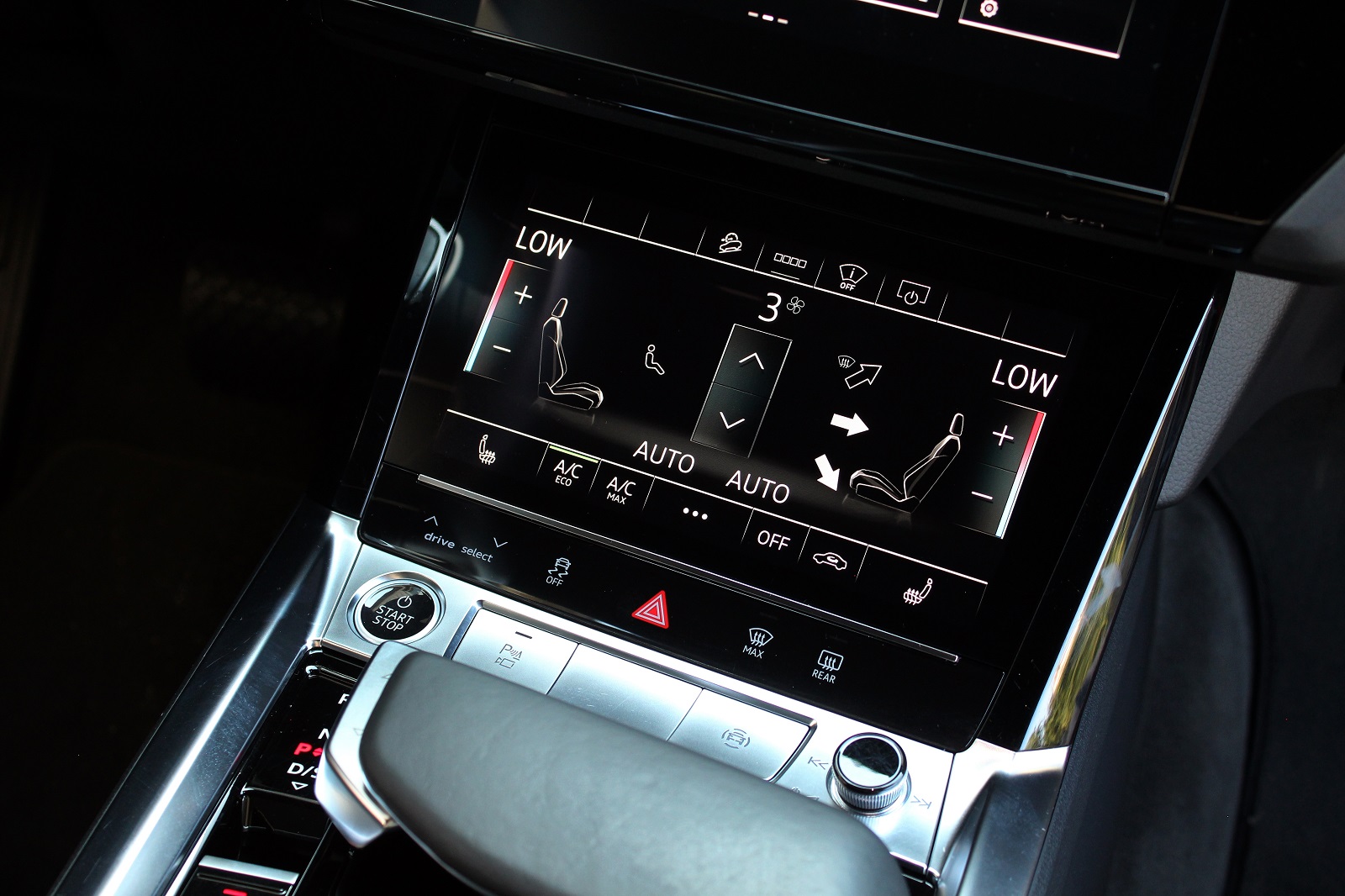
Image Credit: Shutterstock / Best Auto Photo
Some advanced black boxes record climate control settings, including temperature preferences and fan speeds. This data, though less critical, can provide insights into driver comfort and vehicle usage patterns. Understanding climate control settings helps in evaluating overall vehicle use and comfort.
12. Driving Habits and Patterns
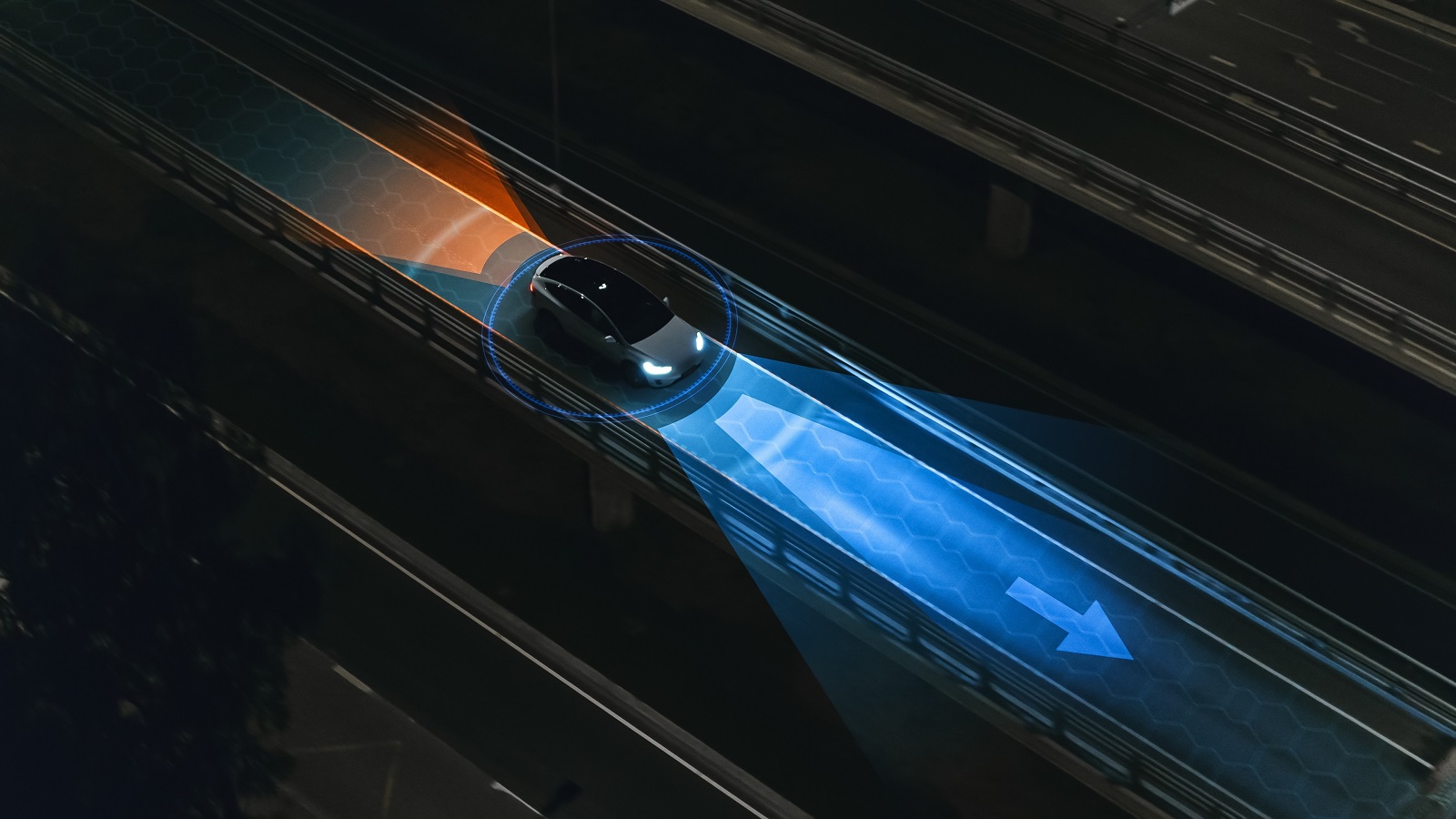
Image Credit: Shutterstock / Gorodenkoff
Your car’s black box tracks various driving habits, such as how often you accelerate hard or take sharp turns. This data can be used to assess your driving style and its impact on vehicle wear and tear. Evaluating driving habits helps in improving vehicle maintenance and enhancing road safety.
13. Fuel Efficiency Data
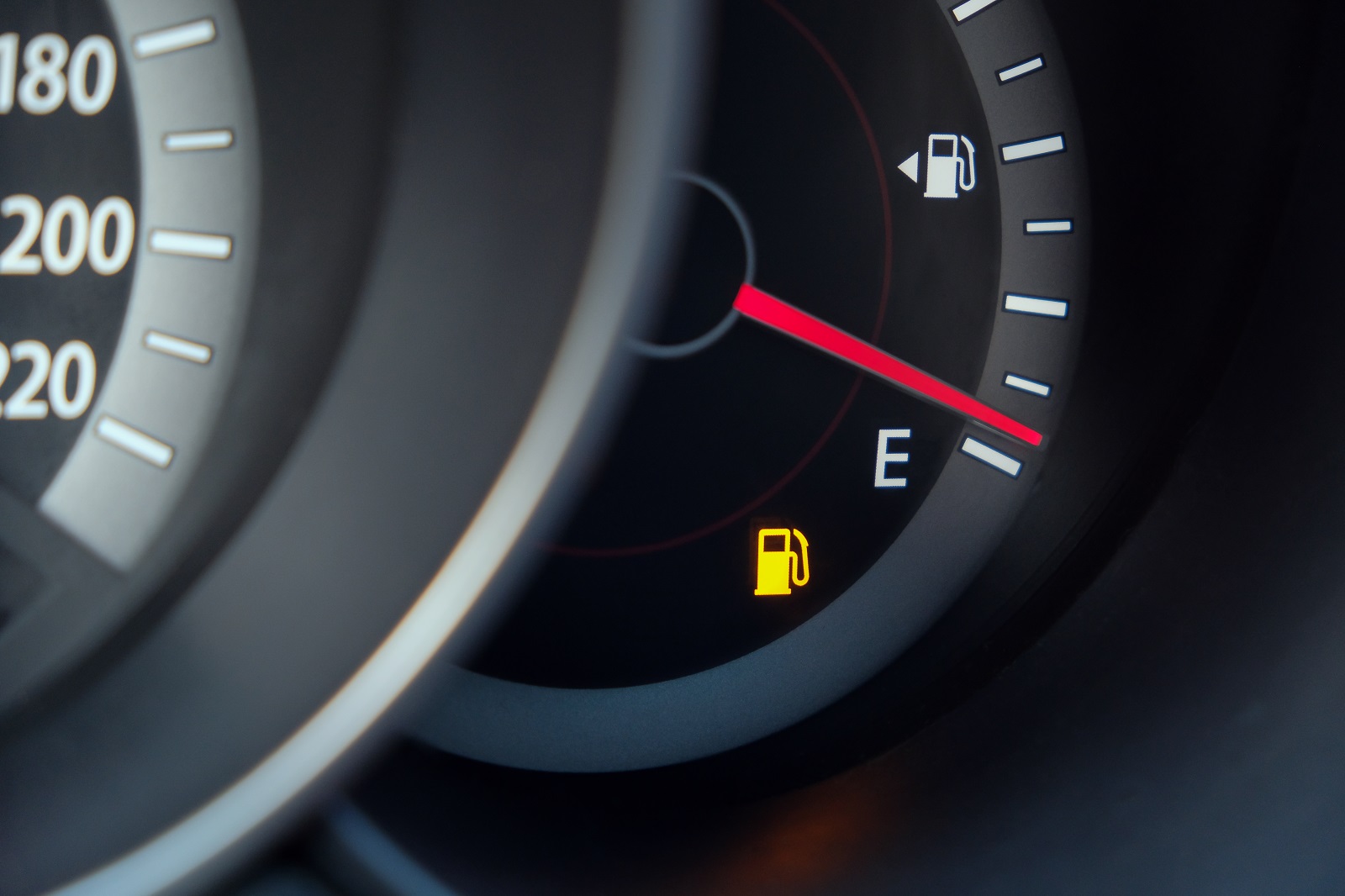
Image Credit: Shutterstock / Evgenius1985
The black box often monitors fuel efficiency and consumption patterns. This information can help in assessing how different driving styles and conditions affect fuel economy. Improved fuel efficiency data aids in budgeting for fuel costs and promoting eco-friendly driving practices.
14. Trip History
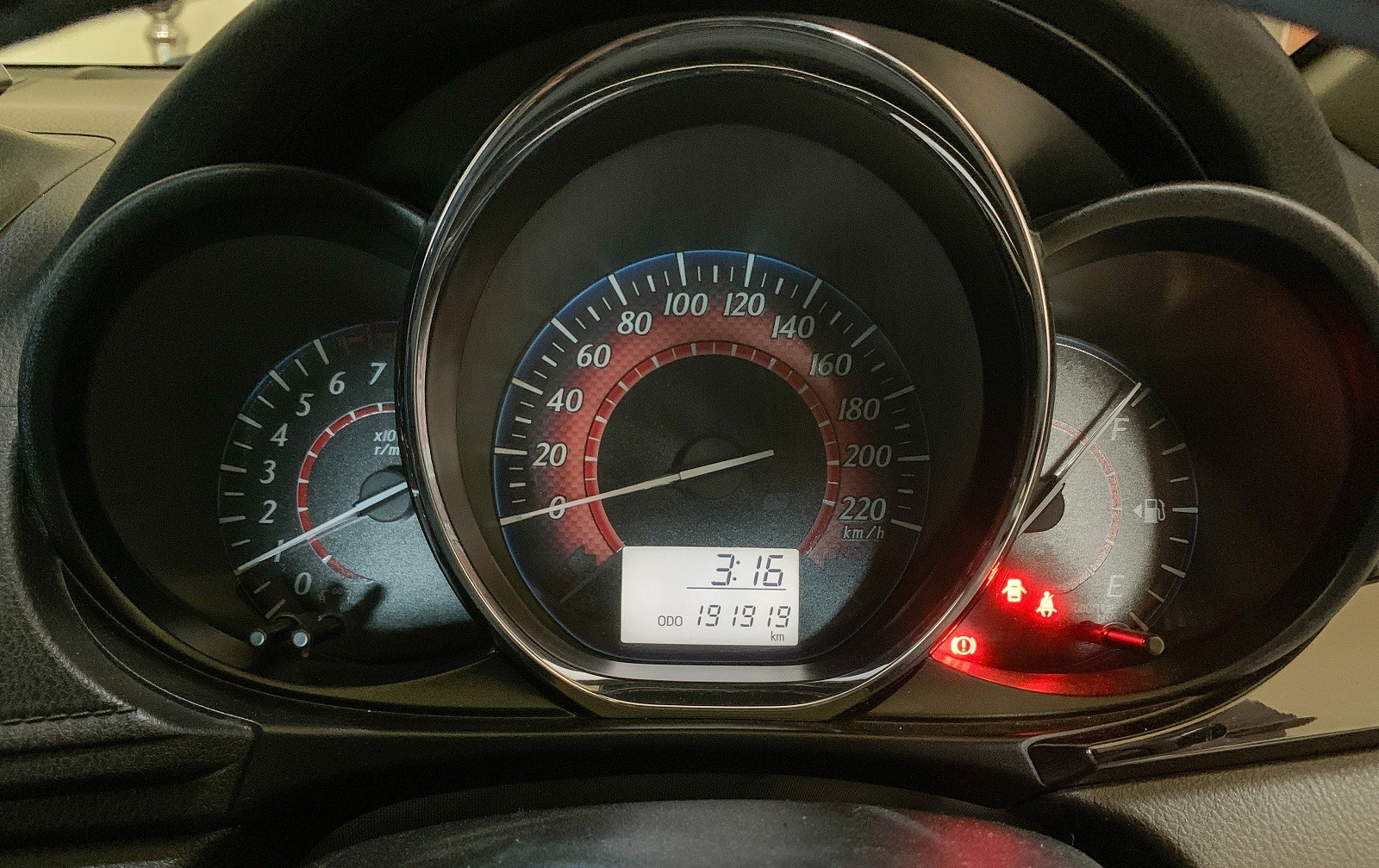
Image Credit: Shutterstock / Suwanda Kurnia Maufdi
Many cars store detailed trip histories, including routes taken and duration. This data can be used for personal tracking, but it also helps in case of disputes over travel details or insurance claims. Knowing your trip history provides insight into your driving habits and vehicle usage.
15. Maintenance Alerts
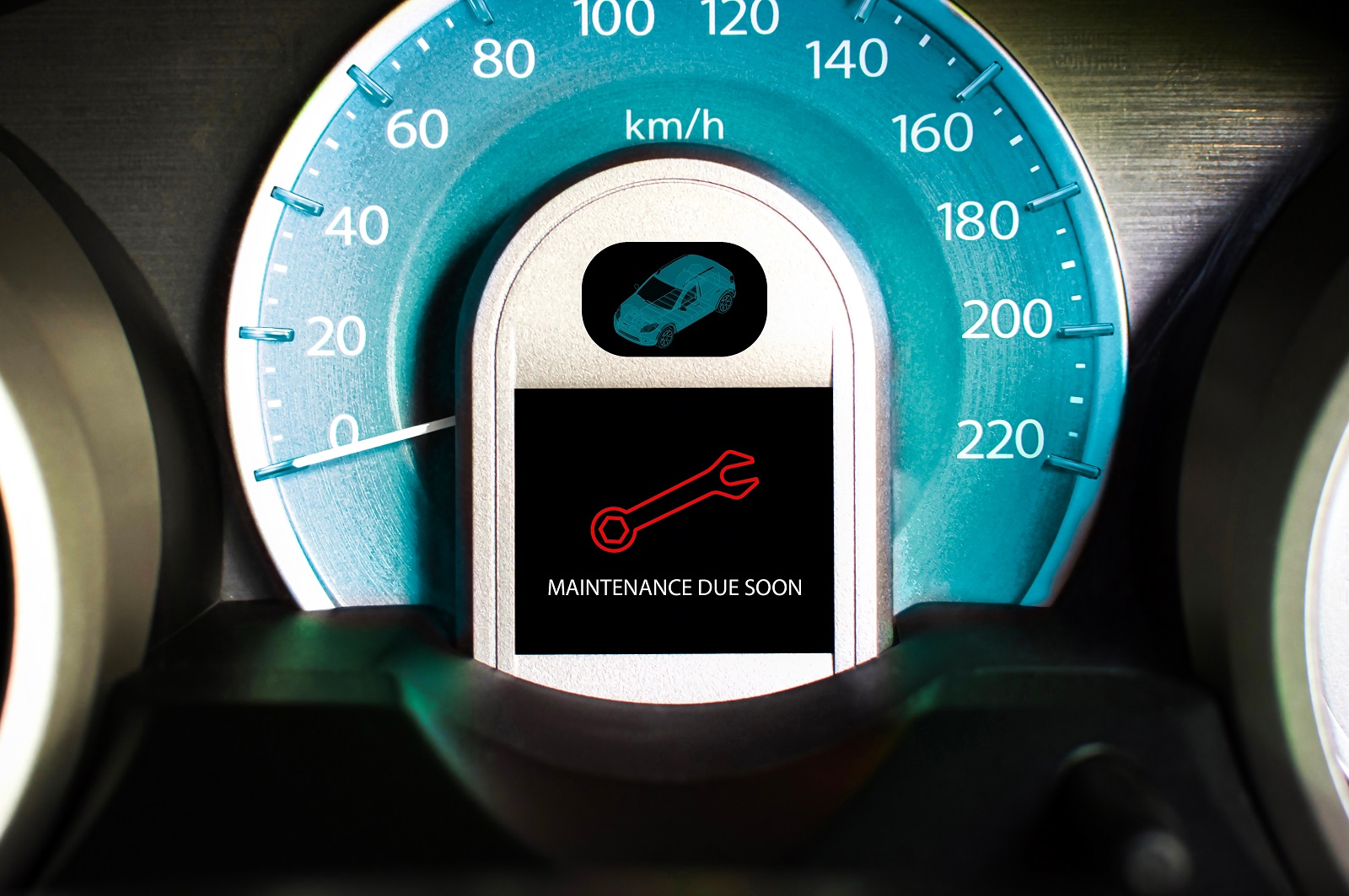
Image Credit: Shutterstock / BLKstudio
The black box can track maintenance alerts and service reminders. This feature helps ensure that your vehicle receives timely maintenance and avoids potential issues. Keeping track of maintenance alerts helps in extending the life of your car and preventing unexpected breakdowns.
16. Driver Assistance System Data

Image Credit: Shutterstock / metamorworks
Vehicles equipped with driver assistance systems (like lane-keeping or adaptive cruise control) record data related to these features. This information helps in evaluating the performance and effectiveness of safety technologies. Monitoring driver assistance system data contributes to enhancing vehicle safety and driver convenience.
17. Weather and Road Conditions
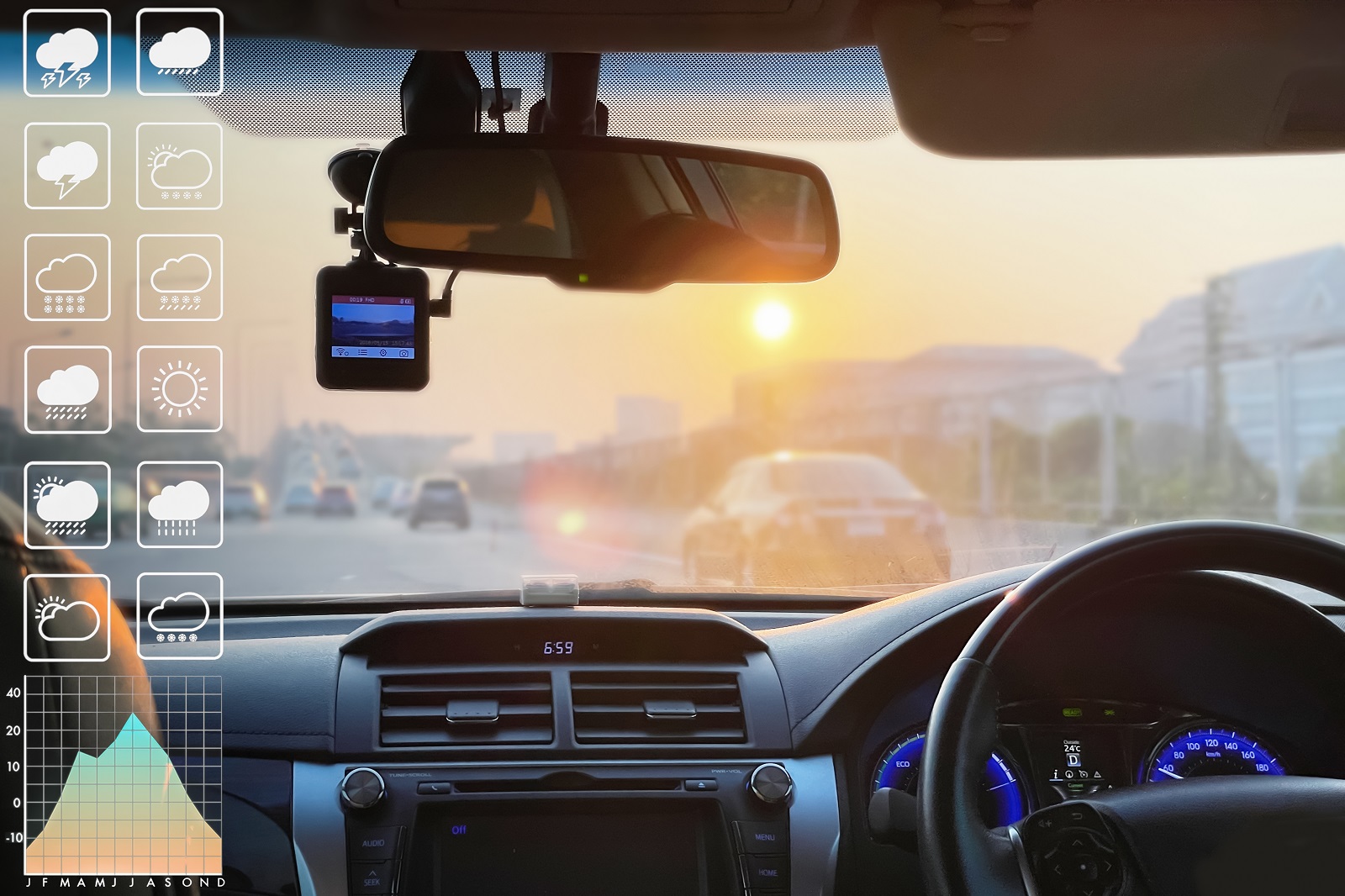
Image Credit: Shutterstock / ekapol sirachainan
Some advanced black boxes capture data on weather and road conditions during your drive. This information helps in assessing how external factors affect driving performance and safety. Understanding weather and road conditions aids in improving driving strategies and vehicle handling.
18. Bluetooth and Infotainment Usage
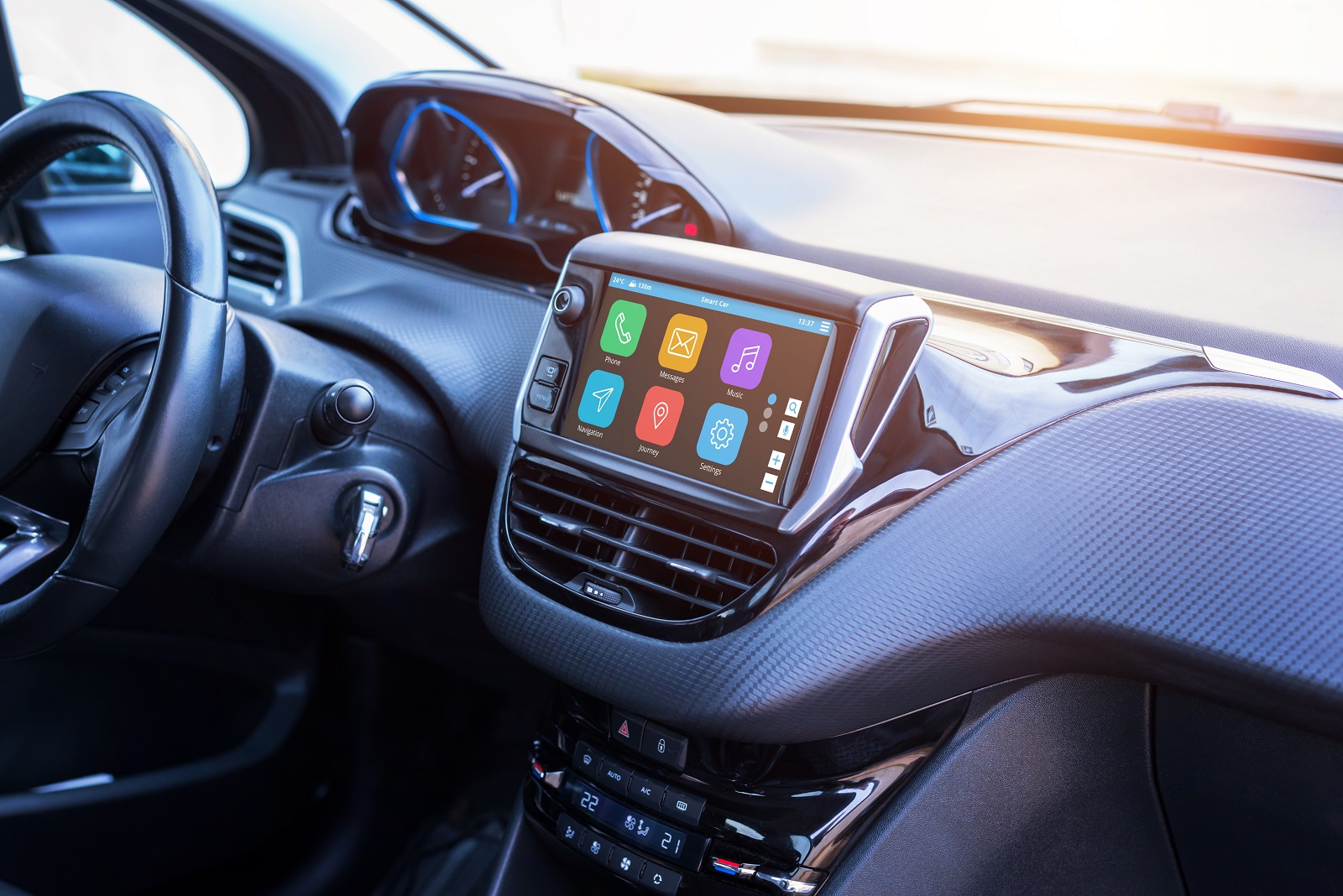
Image Credit: Shutterstock / RSplaneta
The black box may record data related to Bluetooth and infotainment system usage, such as call logs and media preferences. This data provides insights into how you interact with your car’s technology. Monitoring infotainment usage helps in enhancing user experience and ensuring system functionality.
19. Fault Codes and Diagnostic Data
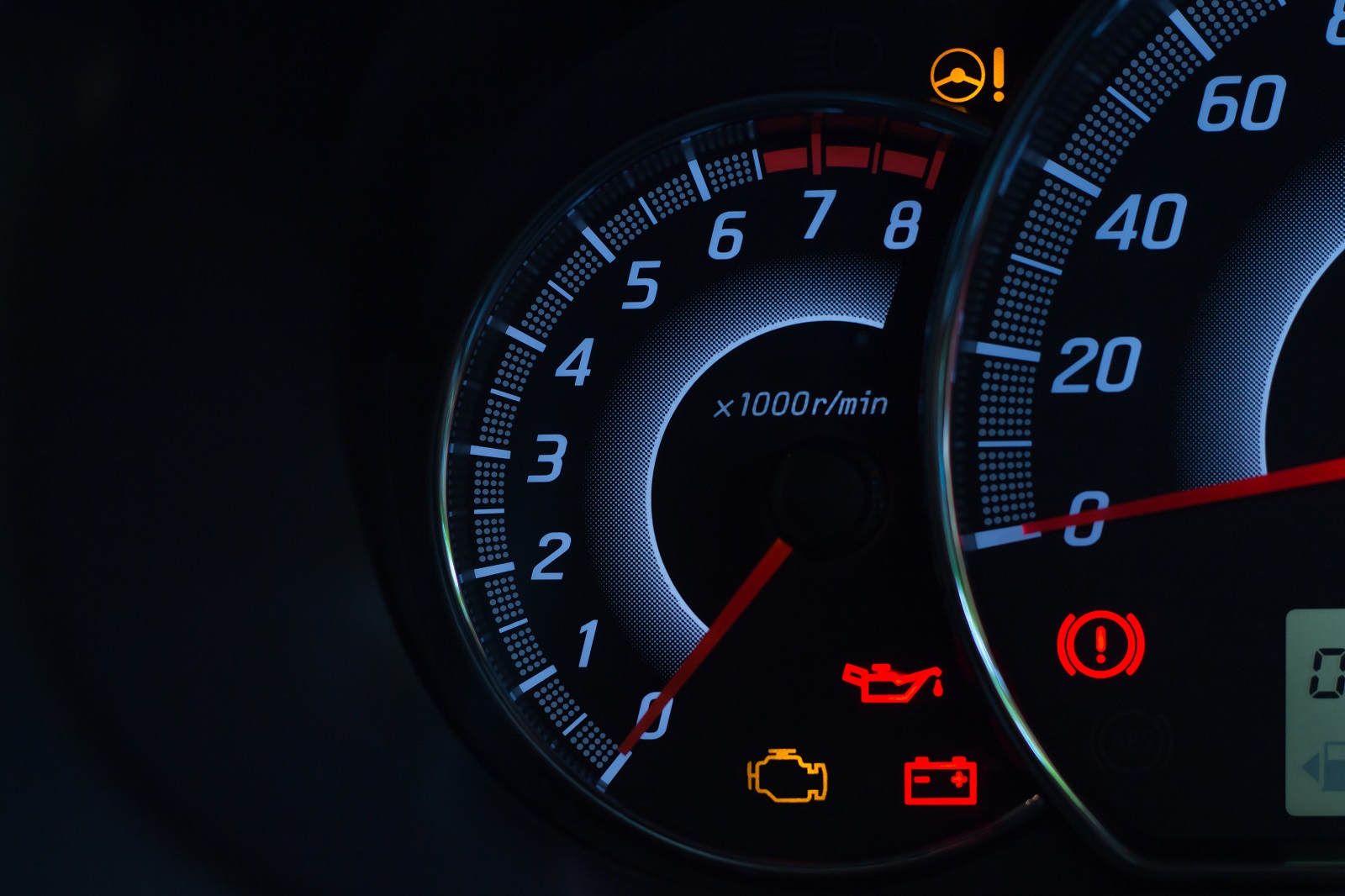
Image Credit: Shutterstock / Somnuek saelim
The black box stores fault codes and diagnostic data related to vehicle systems. This information is crucial for identifying and addressing mechanical or electronic issues. Keeping track of fault codes helps in maintaining vehicle health and ensuring reliable performance.
20. Parking and Maneuvering Data

Image Credit: Shutterstock / RYosha
Some cars record data related to parking and maneuvering, such as distance from obstacles and parking aid usage. This information helps in assessing how effectively you use parking assistance features. Monitoring parking and maneuvering data aids in improving driving skills and vehicle handling.
21. Remote Access Data
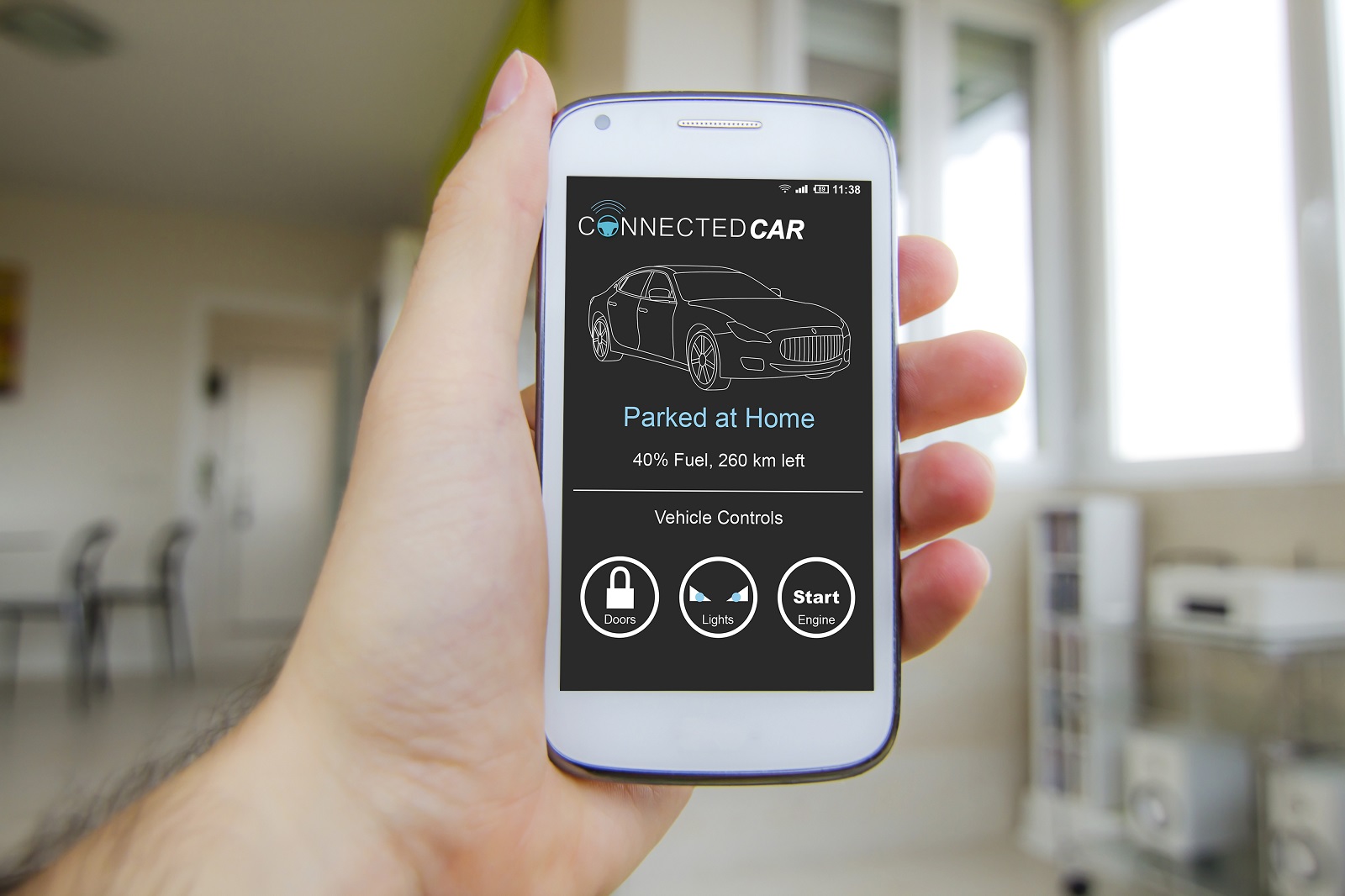
Image Credit: Shutterstock / GENETTICA
With connected cars, remote access features can provide additional data, including vehicle status and location. This data allows for monitoring and managing your vehicle remotely. Understanding remote access data helps in enhancing convenience and security.
How Do You Feel About This Addition?
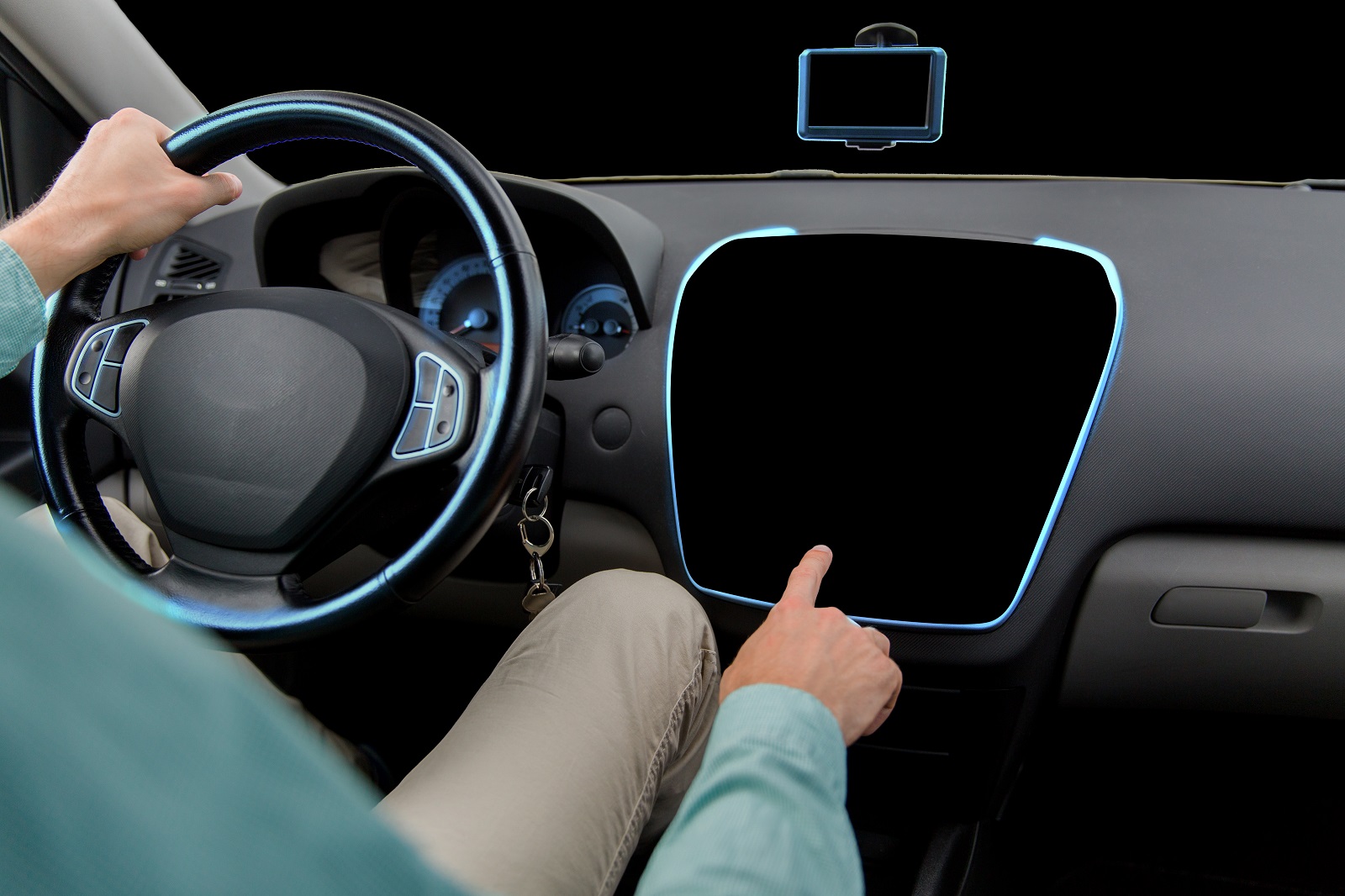
Image Credit: Shutterstock / Ground Picture
Your car’s black box holds a treasure trove of information about your driving habits, vehicle performance, and even personal preferences. While this data is invaluable for maintenance and accident investigation, it also raises questions about privacy and data security. Next time you drive, remember that your car is keeping track of more than just the road.
Police Magnet: 7 Cars That Guarantee You’ll Get Pulled Over
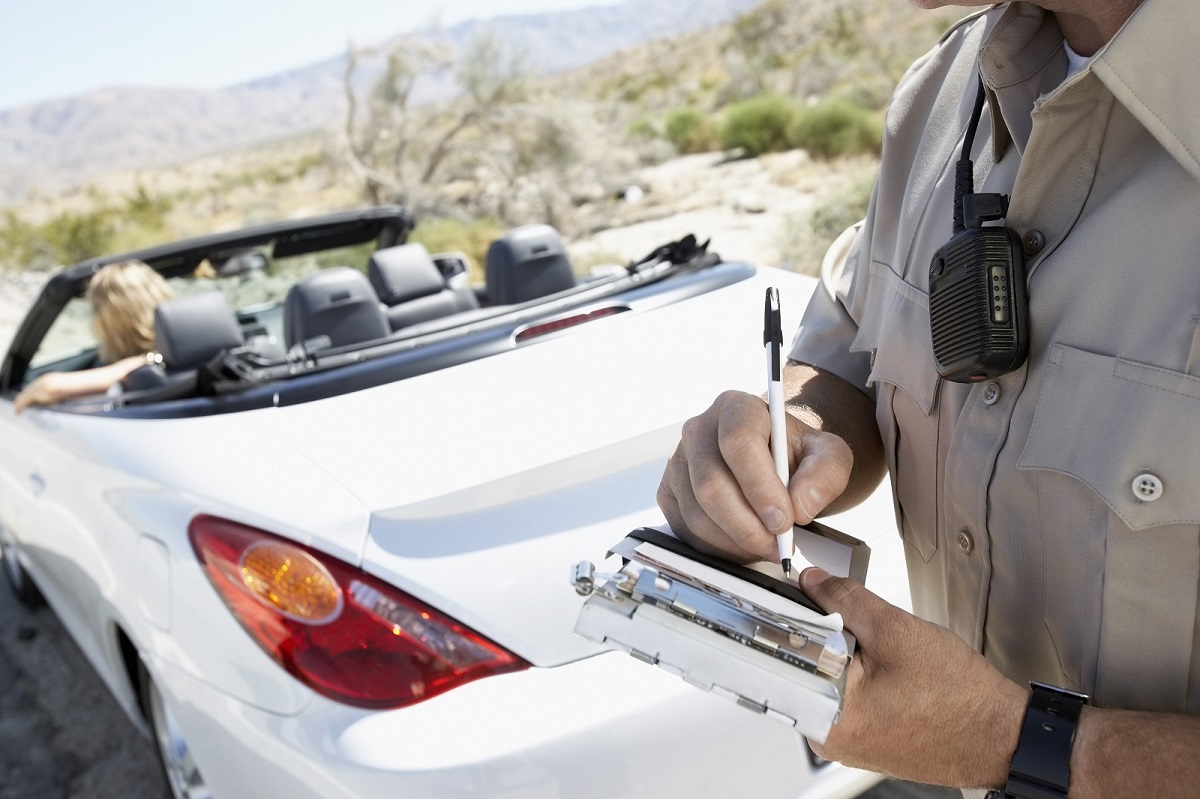
Image Credit: Shutterstock / sirtravelalot
Driving certain cars can make you more noticeable to law enforcement, even if you’re abiding by all the rules. Are you driving one of these “police magnets”? Here are seven cars that seem to attract more police attention than others. Police Magnet: 7 Cars That Guarantee You’ll Get Pulled Over
The Classic Cars That Were Total Clunkers

Image Credit: Pexels / Pixabay
Nostalgia has a funny way of making the past seem better than it was, especially when it comes to cars. But here’s the hard truth: some of those “classic” cars your dad raves about were real clunkers. Here’s a closer look at why some of those so-called “classics” weren’t all they were cracked up to be. The Classic Cars That Were Total Clunkers
The Worst U.S. Cars Ever Made: A Retro List

Image Credit: Pexels / Be The Observer
The U.S. auto industry has produced some incredible vehicles, but not every model was a hit. Here’s a look back at 16 of the worst cars ever made in the U.S., each infamous for its own unique flaws. The Worst U.S. Cars Ever Made: A Retro List
Featured Image Credit: Shutterstock / Ground Picture .
For transparency, this content was partly developed with AI assistance and carefully curated by an experienced editor to be informative and ensure accuracy.
